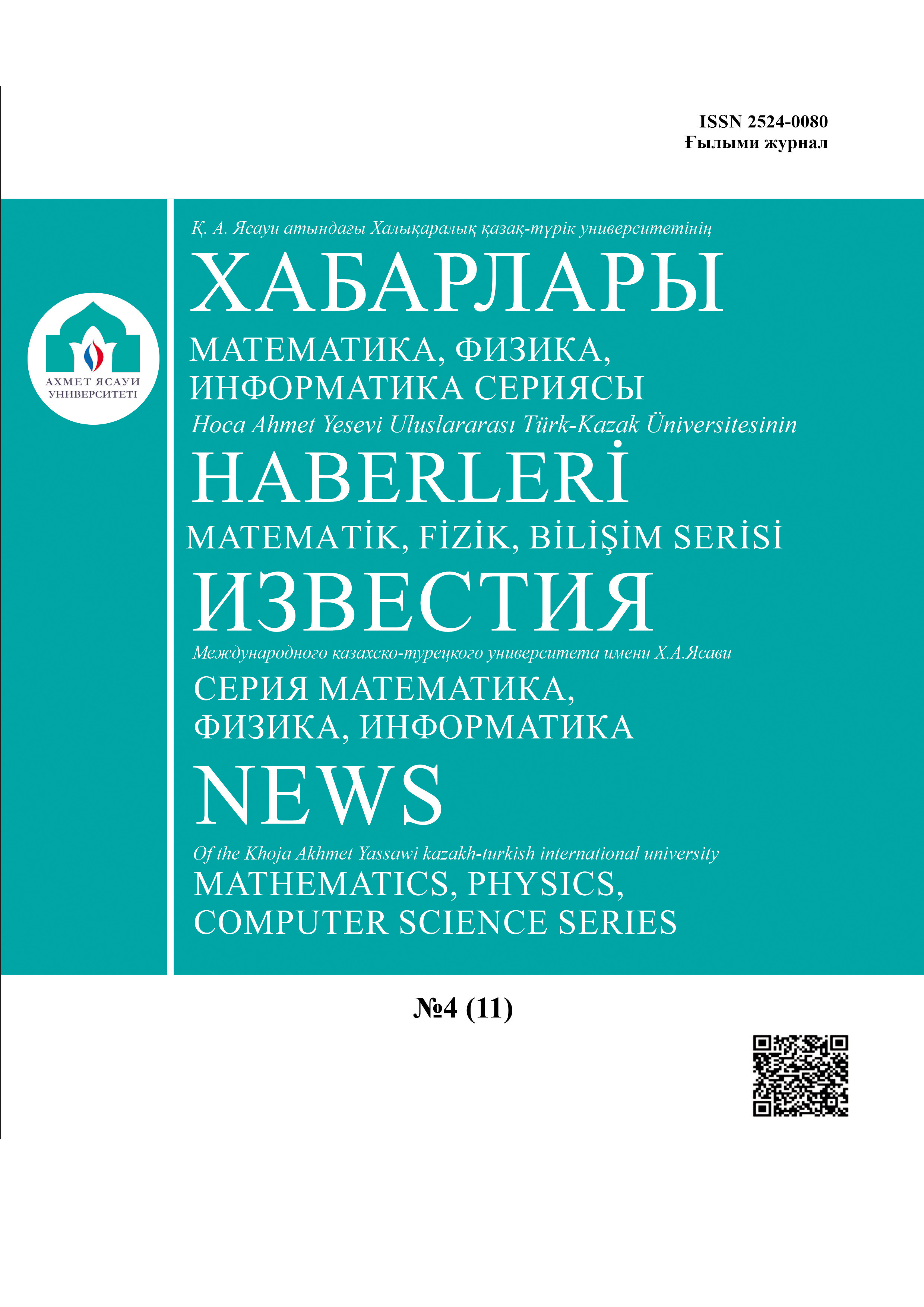ГИДРОТЕРМАЛЬДЫ ӘДІСПЕН МЫРЫШ ОКСИДІНІҢ НАНОСТЕРЖЕНЬДЕРІН АЛУ
Keywords:
золь-гель, гидротермальды әдіс, фотоанод, нанопленка, мырыш оксиді, жартылай өткізгіш, наностержень.Abstract
Annotation. Thin films of zinc oxide (ZnO) are very promising for thin-film transistors, solar panels, sensors and optoelectronic devices. The article presents the structural properties and morphology of zinc oxide (ZnO) obtained by hydrothermal synthesis. ZnO nanofilms (as a seed layer) were deposited by the sol-gel method on the glass surface of STO. The results of the experiment showed that the concentration of chemical reagents in the process of sol-gel transformation has a strong effect on the properties of ZnO films. Samples of ZnO nanorods on the surface of the nanofilm were obtained by hydrothermal method at a solution temperature of about 97 ° C for 3 hours.After firing the synthesized ZnO nanorods, the electrical resistance increased several times.
The chemical composition and morphology of the obtained nanorods arrays were characterized by scanning electron microscopy and X-ray diffraction. As a result of the study, arrays of ZnO nanoparticles showed a highly improved response to visible light.
The results of the article can be used in other combinations of metal oxides, and also offer many interesting opportunities for further development of high-performance photoelectrochemical devices for solar energy conversion. The results of scientific research are the most important material data for alternative energy and can be used by industry specialists in the creation of photoelectrochemical systems for generating hydrogen fuel with the formation of active photanode layers of water decomposition systems with zinc oxide.

